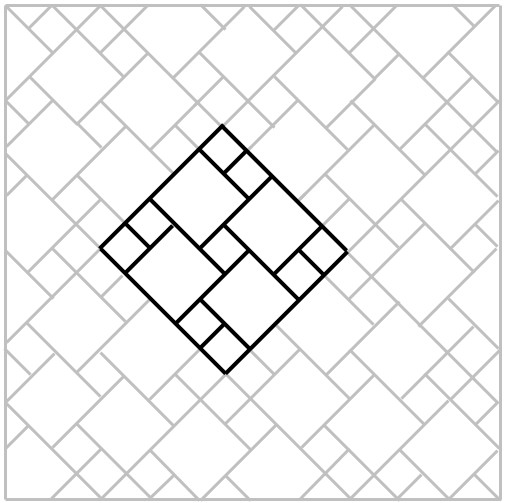Polymorphism is when your client has a reference to an interface, and it’s concreate class can be one of many implementations. A different different behavior or value in a subclass can be utilized without a switch or an if. Parent class class defaults can be inherited and overridden where necessary. A method can be declared in a parent class, but each subclass can have a specialized implementation/logic of that method e.g. calculateArea();
Encapsulation is a core principal, it refers to the bundling of data with the methods that operate on that data. Basically, logic and data go together. If you have a class, with properties and logic together – it is encapsulated. Helps separation of concerns and reduces surface areas – also supports immutability – since only the object can control the data.
Inheritance is the ability of objects in an Object-Oriented language to inherit properties and methods of other objects e.g. in Java, use extends or implements keywords.
Delegation is when at runtime you can invoke a different object to complete a task dynamically. A useful OO pattern that has seen several implementations in Java EE.
The ability to frequently modify or add functionality, or quickly fix defects (Extensibility & Maintainability) comes from early design decisions.
All in all – these are core design principles – any object oriented analysis and design must respect, consider and apply these principles.





